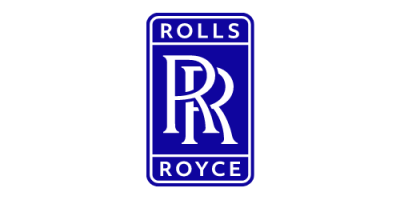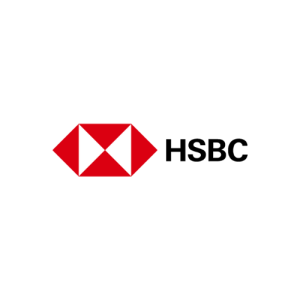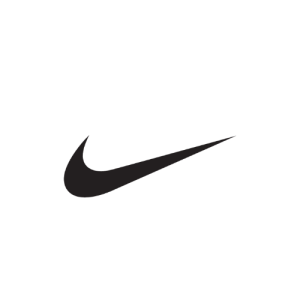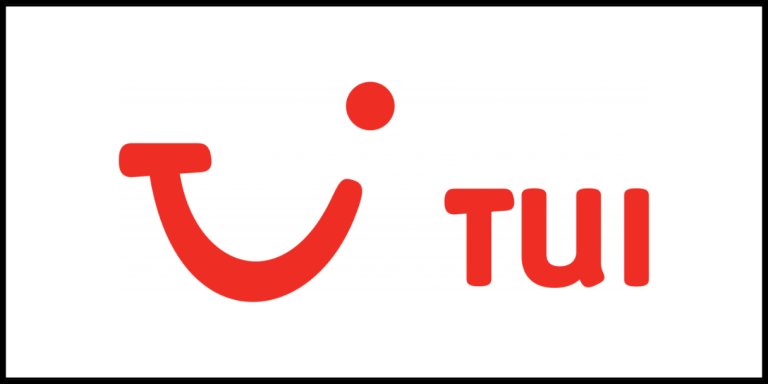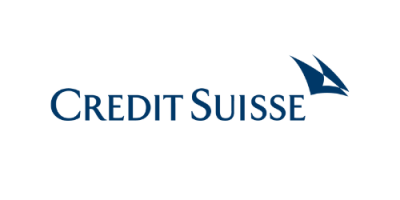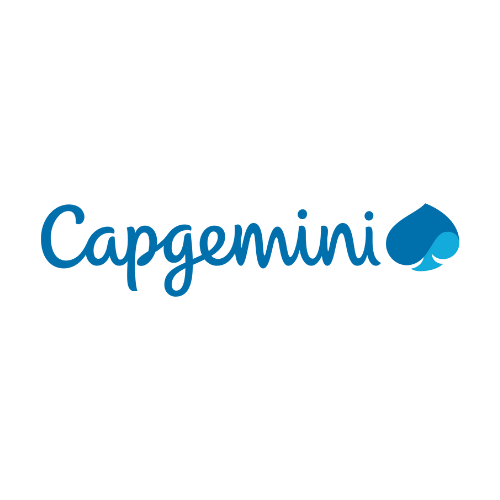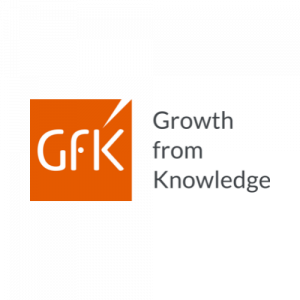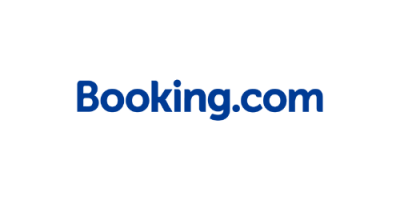
Content Menu
From Fashion to Front-End: A Creative’s Guide to Switching to a Career in Tech
Hi, I’m Amie, a former fashion designer turned front-end software engineer. When I tell people I used to be a menswear designer but now work in tech, it usually sparks one of two reactions: surprise or intrigue.
On the surface, moving away from designing garment collections to writing code might seem like a huge leap and some days, it really does feel that way! But there are more similarities than you might think. Both careers rely on skills such as creativity and problem-solving to make great products. It’s just that the tools I use day-to-day are now very different.
After seven years of designing menswear for high street retailers, I found myself more drawn to the websites I was browsing than the clothes I was researching. Curious to know how these sites were built, I took part in the Code First Girls Coding Kickstarter course in Web Development, which sparked a pivotal change in my professional life. It gave me the confidence to join a coding bootcamp and I landed my first role in tech at Sage as part of their graduate programme.
My Career Switch Story
Switching careers is challenging. Landing your first role in a new industry can feel overwhelming, especially when the learning curve is steep. It’s completely normal to experience feelings of self-doubt or imposter syndrome when starting something new.
I remember many negative thoughts creeping in at the time. I felt worried about starting over in my 30s, questioning whether I was technical enough to land a role. I often wondered if not having a traditional STEM background would hold me back.
But what I’ve learned is that those fears are more common than you think and they don’t have to define your potential. The more you speak to other friends and colleagues, you’ll see that many people have come from equally unconventional backgrounds too.
If you want to take on new challenges, learn more technical skills and allow your career to evolve and change as you do – go for it! It’s never too late to change direction. In fact your past experience and background might be your greatest asset.
As a career switcher, I’m sharing some of the transferable skills that have helped me thrive in tech, along with practical tips for navigating your first role in the industry.
Transferable Skills That Helped Me Build a Career in Tech
It’s true that mastering technical skills like coding is essential for an engineering role, however it’s easy to overlook how valuable your existing soft skills are. Creativity, communication, empathy and problem-solving are equally as important. Here are some of the transferable skills from my previous career that I still use everyday:
📌 User-Centered Design
My experience in fashion gave me a strong understanding of how to balance design and usability, with the end user in mind. Now, I apply that same approach to front-end development, instead swapping fabric for code and garments for digital products.
📌 Detail-Oriented
As a designer, getting the details right made all the difference. Creating accurate technical packs with precise measurements was key to successful production. Today, that same attention to detail shapes my work, through detailed code reviews and a focus on code quality.
📌 Creative Problem Solving
Fashion design taught me to think laterally and approach problems from a new angle. I now apply that same mindset to coding, tackling challenges with a fresh perspective.
📌 Adaptability & Iterative Thinking
Great products don’t happen overnight, they are shaped through prototyping, feedback and continuous improvement. This approach is key in both fashion and software development, where agile practices help teams to stay flexible, learn quickly and build solutions that truly meet the users needs.
📌 Collaboration & Communication
Building a successful product requires a strong team. In my previous role, I worked closely with buyers, merchandisers and designers to bring ideas to life. This experience taught me the value of clear communication and teamwork. Today, those same skills help me collaborate effectively with technical architects, UX designers and solution designers to create digital products.
Remember, your soft skills matter. Creativity, collaboration, and empathy are just as important as technical skills when building products that solve real problems. The industry benefits from diverse perspectives and experiences.
How to navigate your first job in Tech
Starting fresh in an industry that is constantly evolving can feel daunting. Here are some insights and tips that helped me build confidence and develop my skills as I made the leap:
📌 Don’t be afraid to ask questions
Thoughtful questions show you’re curious, engaged and eager to learn. As someone new to a role and an industry, I constantly felt out of my depth but I had to remind myself that I wasn’t expected to know everything. Asking questions was how I would ultimately grow.
📌 Track your wins
Imposter syndrome can feel unsettling at times. One habit that’s helped me is tracking my wins, both big and small, along with the challenges I’ve overcome. On tough days, when nothing seems to work (cue: console.log(“send help!”)), looking back can be a real confidence boost. Remember, growth takes time and feeling out of your depth is often a sign that you’re moving in the right direction.
📌 Get comfortable with uncertainty
One piece of advice I’ve been given is to let go of the pressure of trying to know and remember everything. While constant learning is part of the job, the real goal is to develop problem-solving strategies to enable you to seek out those answers when you need them.
📌 Make time to focus on your weaker areas
Set aside regular, dedicated time each week to work on the topics you find most challenging or feel least confident in. Progress and confidence are the results of consistent action.
📌 Build your network
Starting out in a new industry can feel tough at times but having the right people around you makes a huge difference. Whether it’s connecting with teammates, finding a mentor or joining communities like Code First Girls, surrounding yourself with people you can learn from (and lean on) can give you the support and encouragement you need as you grow in your career.
Conclusion
If you’re curious about the world of tech, start exploring! There are so many beginner-friendly classes and communities out there to get involved with. Code First Girls offers some great options to help you get started:
- Explore potential career paths in tech
- Take part in a Tech Taster
- Complete a Coding Kickstarter Course



